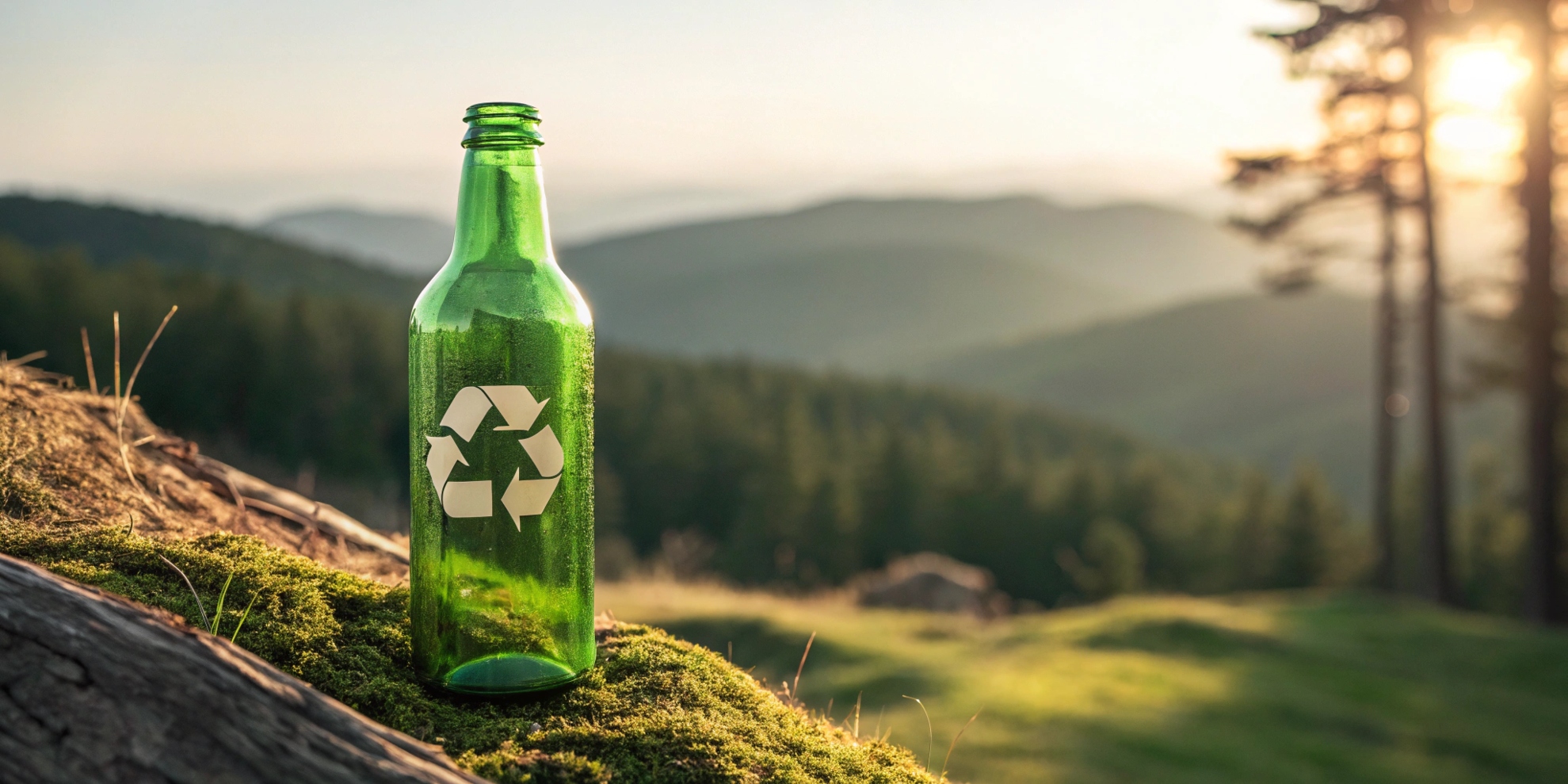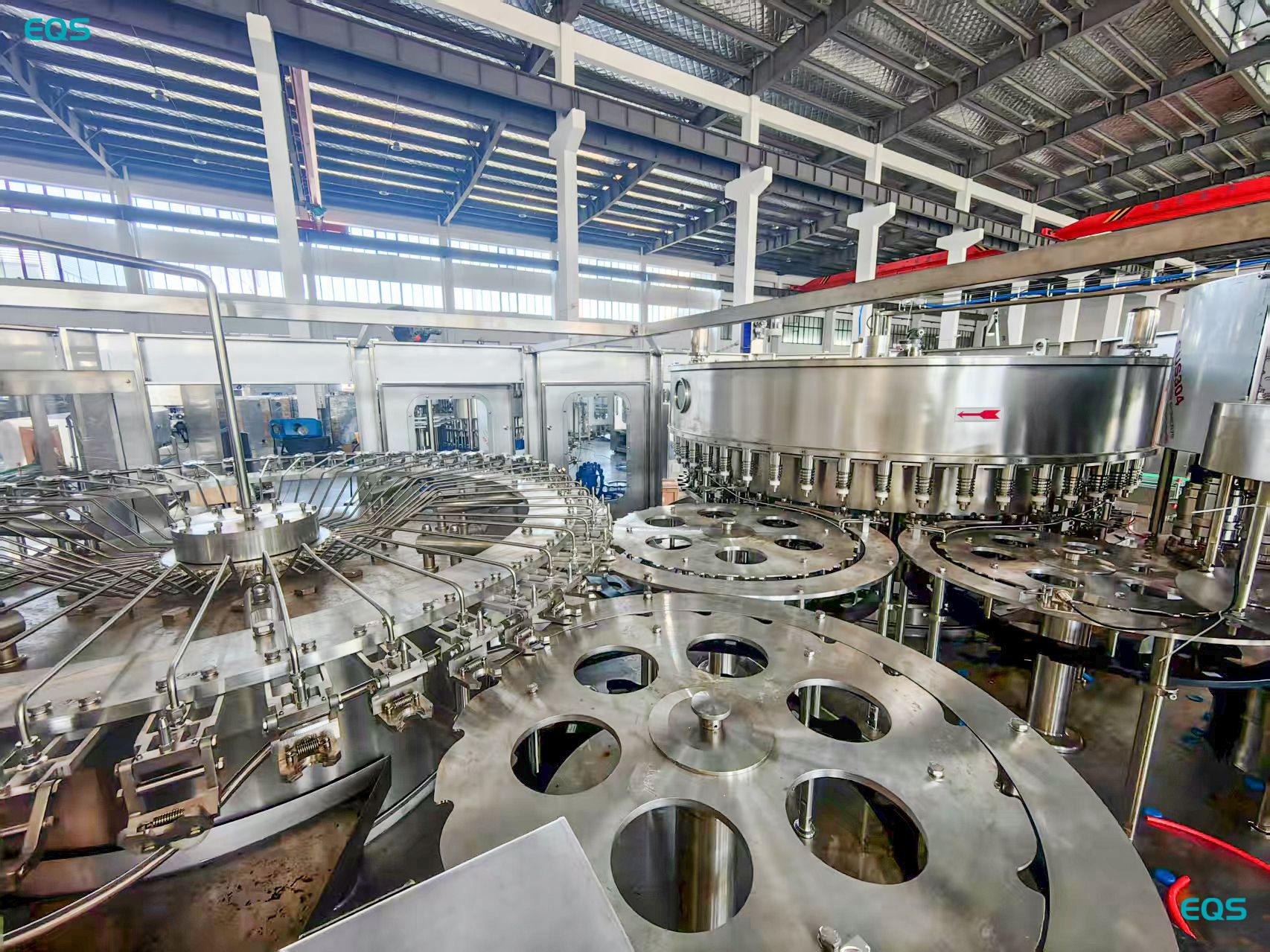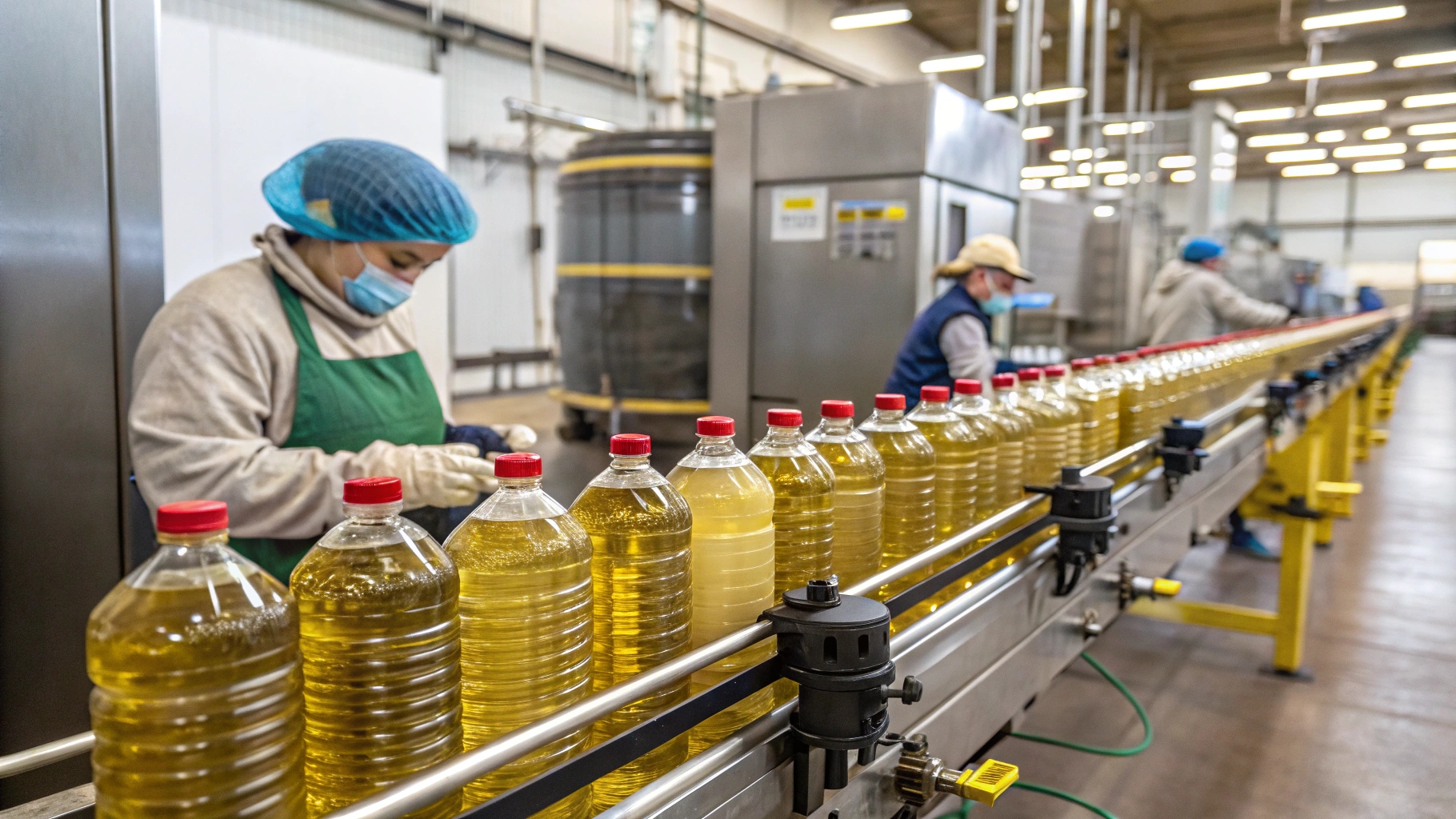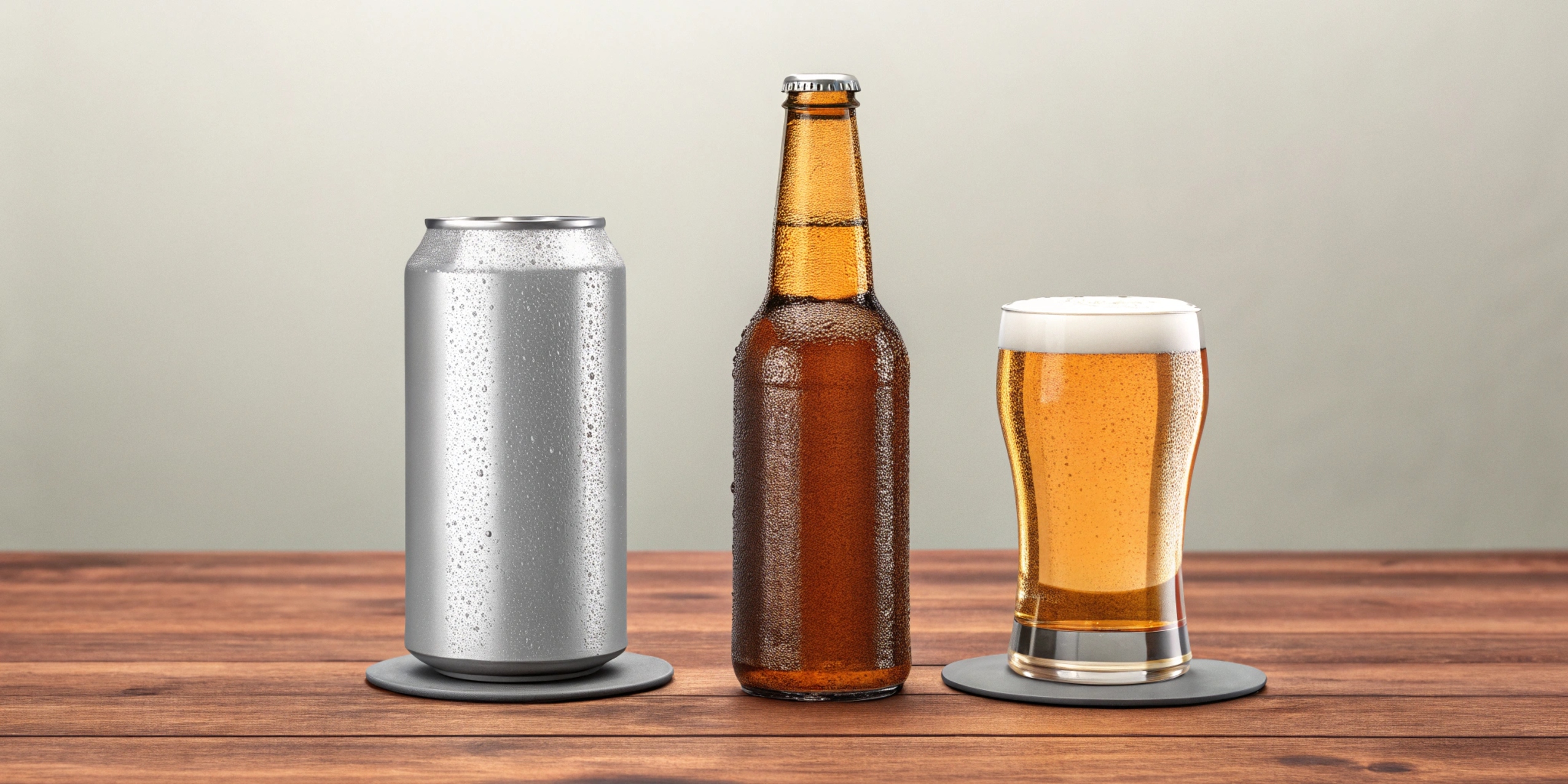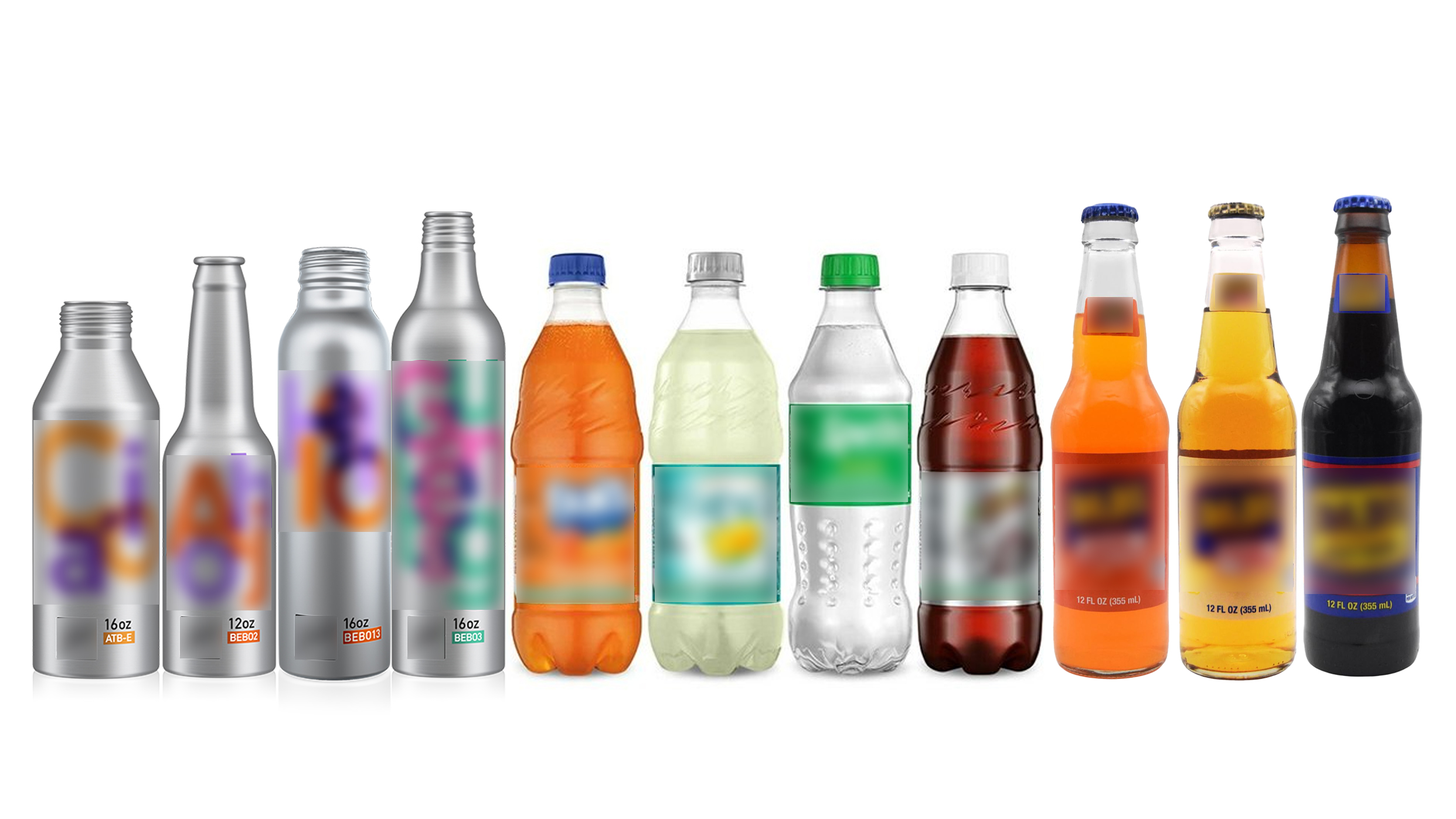What is the Ratio to Use CO2 in Soda/Soft Drink?
leading paragraph:
Want to know the secret behind the fizz in your favorite soda? It's all about the CO2 ratio!
snippet paragraph:
The typical volume ratio of CO2 to liquid in soft drinks is 3.0 to 3.5 volumes of CO2 per volume of liquid. Some highly carbonated drinks might reach 4 volumes or slightly more. This ratio ensures the perfect fizz and flavor.
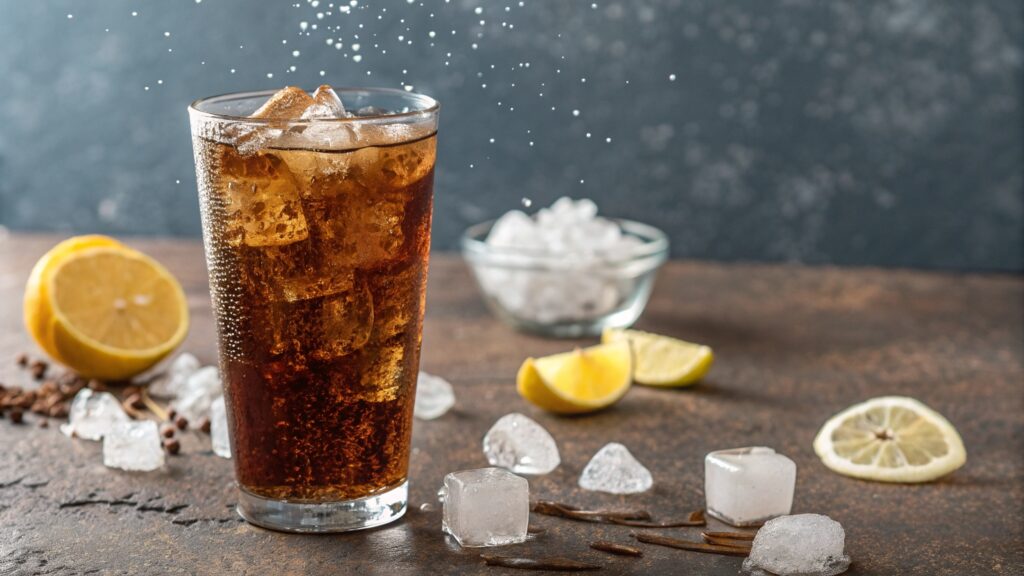
Transition Paragraph:
Let's dive deeper into how CO2 is used in soft drinks and why this ratio is so important.
How Much CO2 is Used in Soft Drinks?
leading paragraph:
So, how much of that fizz is actually in your drink?
snippet paragraph:
Soft drinks typically contain 3.0 to 3.5 volumes of CO2 per volume of liquid. This means that for every liter of liquid, there are roughly 3 to 3.5 liters of dissolved CO2 gas at standard atmospheric pressure.
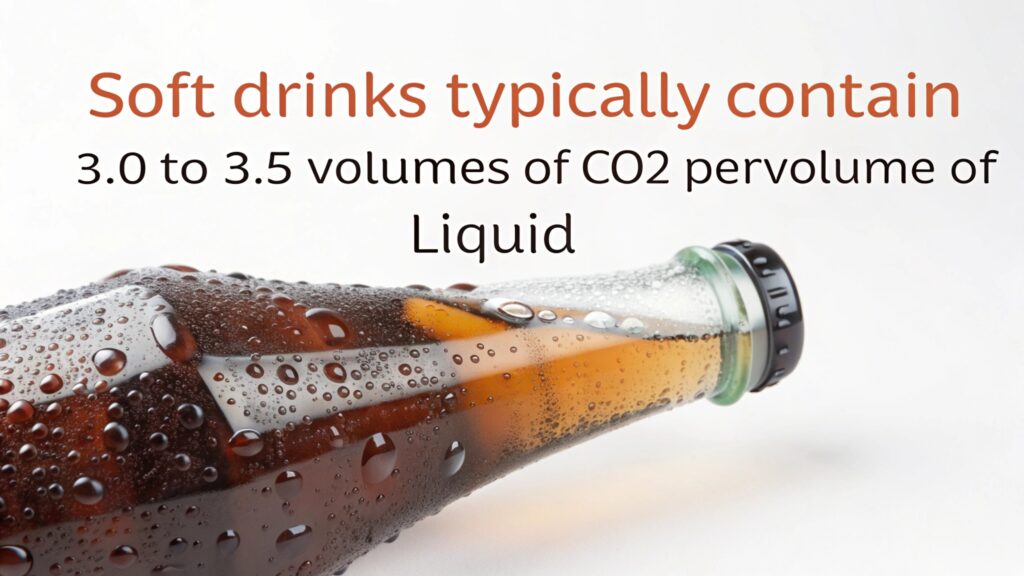
CO2 Volume Explained
- Standard Ratio: 3.0 to 3.5 volumes of CO2 per volume of liquid.
- High Carbonation: Some drinks may exceed 4 volumes.
- Atmospheric Pressure: Ratio measured at standard conditions.
- Dissolved Gas: CO2 is dissolved into the liquid.
- Flavor impact: Enhancing taste
- Preservation: Inhibiting microbial growth.
Dive deeper Paragraph:
The amount of CO2 used in soft drinks is typically measured by volume ratio, indicating how many volumes of CO2 gas are dissolved in a given volume of liquid. The standard ratio is around 3.0 to 3.5 volumes of CO2 per volume of liquid, ensuring a pleasant level of carbonation. Some highly carbonated beverages may exceed 4 volumes, providing an extra fizzy experience. It's important to note that these measurements are taken at standard atmospheric pressure, as pressure affects the solubility of CO2 in the liquid. The CO2 is dissolved into the liquid during the manufacturing process, creating the characteristic fizz and enhancing the overall taste and mouthfeel of the soft drink.
How Do You Add CO2 to Soda?
leading paragraph:
What's the process of getting that CO2 into the soda?
snippet paragraph:
CO2 is added to soda through a process called carbonation. This involves chilling the liquid, then injecting CO2 gas under high pressure. The CO2 dissolves into the liquid, creating carbonated soda.

Carbonation Steps
- Chilling: Liquid is cooled to increase CO2 solubility.
- Pressurization: CO2 gas is injected under high pressure.
- Dissolving: CO2 dissolves into the liquid.
- Mixing: Ensuring even distribution of CO2.
- Sealing: Bottling quickly to retain carbonation.
- Equipment: Using a carbonator machine.
Dive deeper Paragraph:
Adding CO2 to soda involves a precise process called carbonation, which requires careful control of temperature and pressure. First, the liquid is chilled to increase the solubility of CO2, as colder liquids can hold more gas. Then, CO2 gas is injected into the chilled liquid under high pressure using specialized equipment called a carbonator. The high pressure forces the CO2 to dissolve into the liquid, creating carbonated soda. Proper mixing ensures that the CO2 is evenly distributed throughout the liquid, maintaining a consistent level of carbonation. Finally, the carbonated soda is quickly sealed in bottles or cans to prevent the CO2 from escaping and retain the desired level of fizz.
What Should the CO2 Pressure Be in a Soda Fountain?
leading paragraph:
What about soda fountains? Is the CO2 pressure different?
snippet paragraph:
The CO2 pressure in a soda fountain system typically ranges from 60 to 80 PSI (pounds per square inch). This pressure ensures that the soda is properly carbonated as it is dispensed.
Soda Fountain Pressure
- Typical Range: 60 to 80 PSI.
- Consistent Carbonation: Ensures proper fizz.
- Dispensing: Maintaining pressure during dispensing.
- System Maintenance: Monitoring pressure levels.
- Temperature: Adjusting pressure for temperature changes.
- Preventing Flatness: Maintaining constant pressure.
Dive deeper Paragraph:
Maintaining the correct CO2 pressure in a soda fountain system is essential for ensuring that the dispensed soda is properly carbonated and tastes as expected. The typical CO2 pressure range is 60 to 80 PSI, which provides enough force to keep the CO2 dissolved in the liquid. This pressure is carefully controlled and monitored to ensure consistent carbonation as the soda is dispensed. Regular system maintenance is crucial to prevent pressure fluctuations and ensure optimal performance. The pressure may also need to be adjusted based on temperature changes, as colder temperatures require lower pressures to maintain the same level of carbonation.
What is the Concentration of CO2 in a Soft Drink?
leading paragraph:
So, how much of your soda is actually CO2?
snippet paragraph:
The concentration of CO2 in a soft drink is typically around 0.2% to 0.4% by weight. This amount is sufficient to provide the characteristic fizz and enhance the flavor profile of the beverage.
CO2 Concentration
- Typical Range: 0.2% to 0.4% by weight.
- Flavor Enhancement: Adds a slight tangy taste.
- Fizz Creation: Provides the bubbly sensation.
- Microbial Inhibition: CO2 acts as a mild preservative.
- pH Level: CO2 contributes to the acidity of the drink.
- Sensory Experience: Enhancing the overall drinking experience.
Dive deeper Paragraph:
The concentration of CO2 in a soft drink is typically around 0.2% to 0.4% by weight. While this may seem like a small amount, it plays a significant role in the overall sensory experience. The CO2 provides the characteristic fizz that is associated with carbonated beverages, creating a bubbly sensation that many people find enjoyable. Additionally, the CO2 enhances the flavor profile of the drink, adding a slight tangy taste that complements the other ingredients. CO2 acts as a mild preservative, inhibiting the growth of certain microorganisms and helping to extend the shelf life of the soft drink. Furthermore, CO2 contributes to the acidity of the drink, lowering the pH level and further inhibiting microbial growth.
Conclusion
The perfect fizz in your soda is no accident! It's all about that carefully controlled CO2 ratio, ensuring every sip is as bubbly and delicious as the last.
My name is Allen, and I'm an expert in filling machine technology at EQS (eqsfilling.com), a leading liquid packaging solution provider based in China. If you're looking for top-quality machines for your production line, feel free to reach out to me at [email protected]. We specialize in providing customizable solutions with cutting-edge technology.

